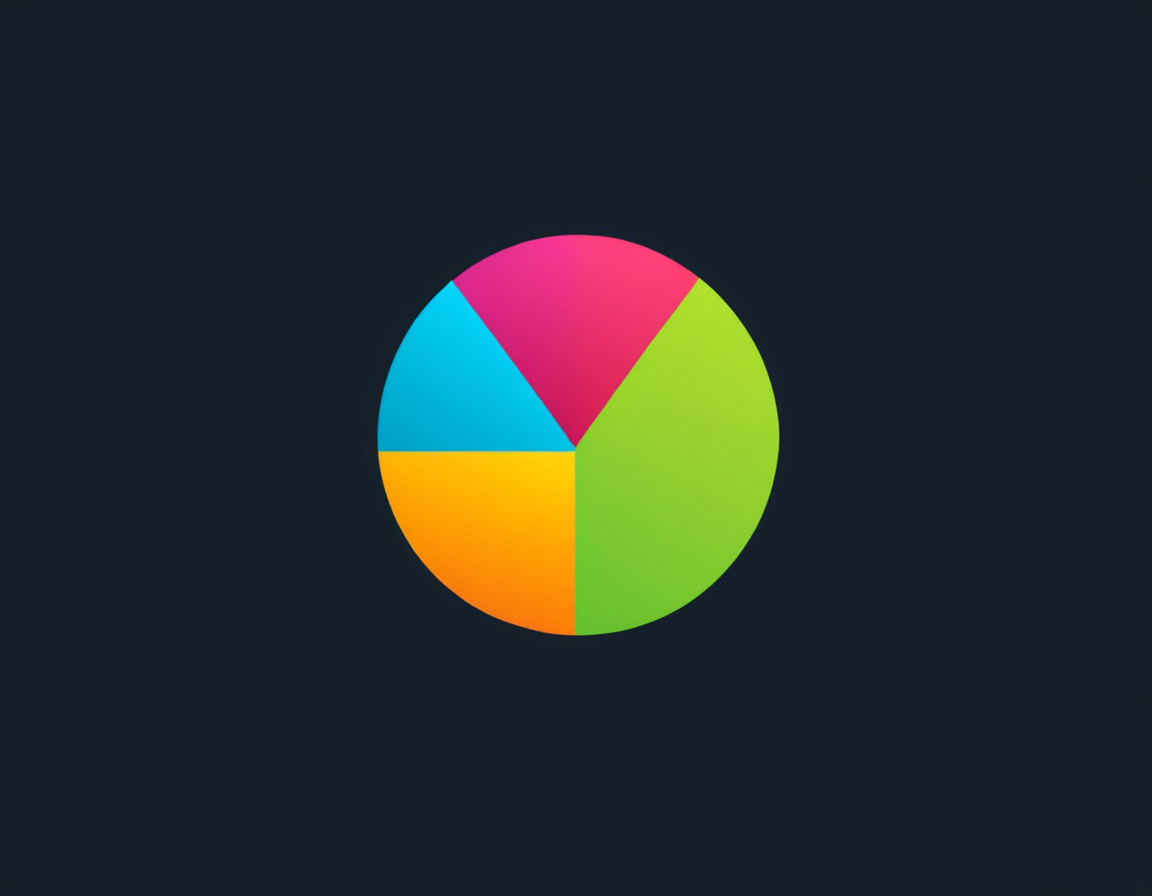Krita Vs Inkscape - Photo Editing Showdown

The Ultimate Comparison: Krita vs. Inkscape for Professional Photo Editing
Introduction
In the world of professional photo editing, software choice can be a daunting task, especially for those new to the industry. Two prominent options that have garnered attention in recent years are Krita and Inkscape. While both are primarily designed for digital painting and illustration, they also offer impressive features for photo editing. In this article, we’ll delve into a detailed comparison of these two software, exploring their strengths, weaknesses, and use cases.
Overview of Krita
Krita is an open-source painting and photo editing application that has gained significant traction in the artistic community. Its primary focus is on digital painting and illustration, but it also supports various image manipulation tasks. Krita boasts a wide range of features, including:
- Support for layers, masks, and alpha channels
- Advanced brush engines with customizable settings
- A vast library of built-in brushes and textures
Despite its robust feature set, Krita still lags behind Inkscape in terms of user-friendliness and performance.
Overview of Inkscape
Inkscape is another open-source application that has been around for a while. It started as a vector graphics editor but has since expanded to include raster image editing capabilities. Inkscape’s strengths lie in its:
- Robust support for SVG files
- Advanced path editing and manipulation tools
- A vast library of pre-made shapes and icons
However, Inkscape still struggles with performance issues when dealing with high-resolution images.
Comparison of Features
| Feature | Krita | Inkscape |
|---|---|---|
| Layers | Supports layers, masks, and alpha channels | Does not support built-in layer functionality |
| Brushes | Advanced brush engines with customizable settings | Limited to pre-made brushes |
| Image Editing | Basic image editing capabilities | Robust raster image editing features |
Practical Examples
When working on a photo editing project in Krita, you might encounter issues with performance due to the application’s resource-intensive nature. On the other hand, Inkscape can struggle with high-resolution images.
For instance, consider the following scenario:
- You’re tasked with editing a high-resolution image using Krita.
- The software struggles to handle the complexity of the image, leading to performance issues and slow rendering times.
In this situation, switching to Inkscape might not be the most practical solution, as it also has its own set of limitations when dealing with high-resolution images.
Conclusion
Both Krita and Inkscape have their strengths and weaknesses in the realm of professional photo editing. While Krita excels in digital painting and illustration, its performance issues can hinder its use for more demanding tasks like image editing. In contrast, Inkscape’s robust feature set makes it a better choice for vector-based editing and manipulation.
Ultimately, the decision between these two software options depends on your specific needs and workflow. If you’re primarily working with raster images and require advanced editing capabilities, Inkscape might be the better choice. However, if you’re focused on digital painting or illustration, Krita’s strengths in those areas make it a more suitable option.
Call to Action
As you navigate the world of professional photo editing, remember that both Krita and Inkscape are tools meant to be used responsibly and within their intended scope. Experiment with different software options to find what works best for you and your workflow.
Tags
professional-photo-editing digital-painting image-manipulation krita-vs-inkscape software-comparison
About Miguel Reyes
AI and photography enthusiast | Formerly a digital imaging specialist at a top creative agency, helping clients master AI-powered editing tools. Now I help explore the frontiers of visual content creation at gophotos.com
